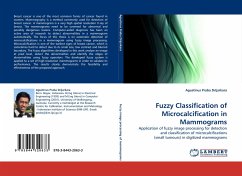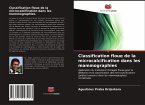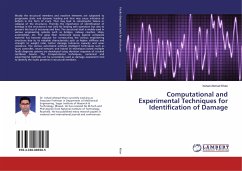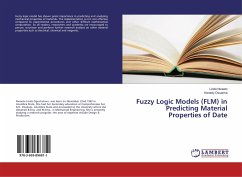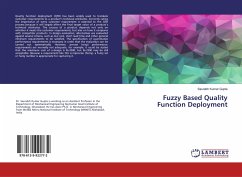Breast cancer is one of the most common forms of cancer found in women. Mammography is a method commonly used for detection of breast cancer. A mammogram is a very high spatial resolution X-ray of breast. The mammograms need to be screened for abnormal and possibly dangerous lesions. Computer-aided diagnosis has been an active area of research to detect abnormalities in a mammogram automatically. The focus of this thesis is on automatic detection of microcalcifications in a mammogram using fuzzy image processing. Microcalcification is one of the earliest signs of breast cancer, which is sometimes hard to detect due to its small size, low contrast and blurred boundary. The fuzzy algorithms developed in this work analyse an image at pixel level, detect the abnormalities and identify the edges of abnormalities using fuzzy operators. The developed fuzzy system is applied to a set of high-resolution mammograms in order to validate its performance. The results clearly demonstrate the feasibility and effectiveness of the proposed approach.
Bitte wählen Sie Ihr Anliegen aus.
Rechnungen
Retourenschein anfordern
Bestellstatus
Storno

